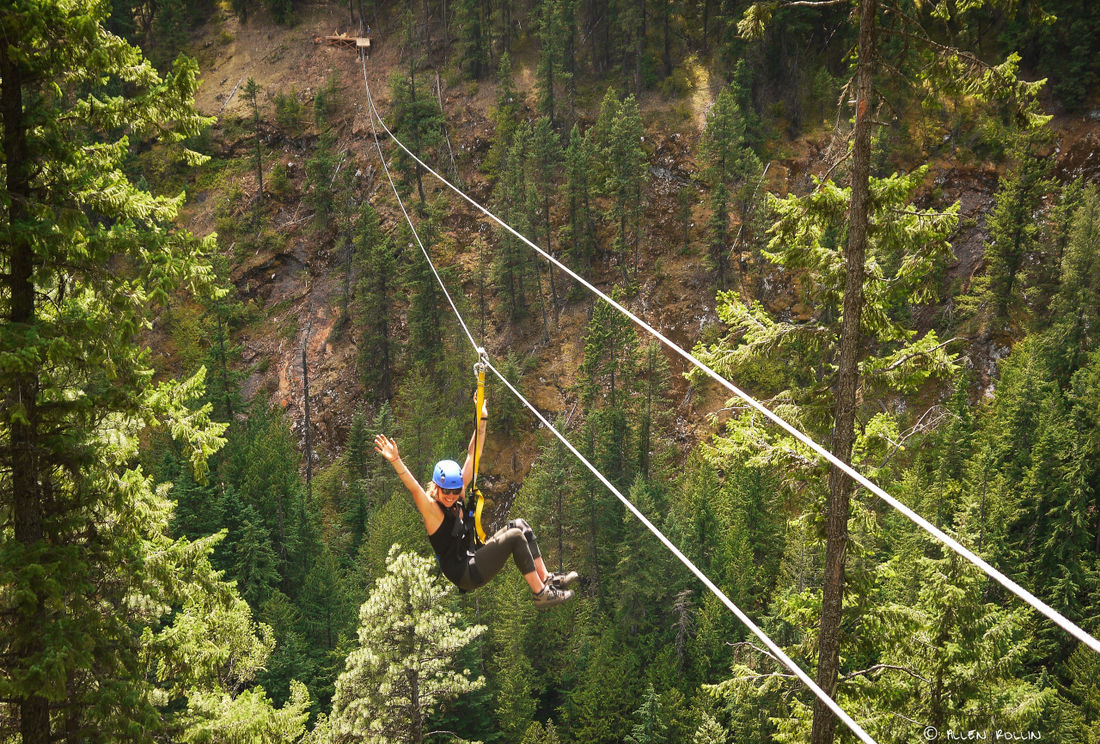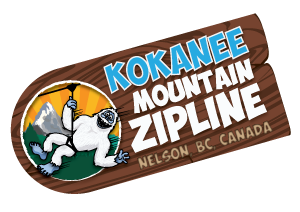
When planning a professional zipline course, many factors are considered to create a safe, yet thrilling experience.
If you’ve ever hooked yourself up to a zipline, you know they’re fun, exhilarating and a great source of adventure. But have you ever wondered how they actually work?
Intuitively, most people understand that gravity plays a big part in the process, as you always end up at a lower point than where you started. But there’s more to it than that. When designing a zipline course, many factors need to be considered:
- How fast are the lines going to be?
- What route will the course follow?
- How will the cables be secured?
- Will the lines require passive or active braking systems?
The Physics of Ziplining
At their most basic, ziplines are simply cables connected between two points that slope downward. Passengers are fitted with a body harness that clips into the cable via a pulley.
These pulleys are designed to reduce friction, allowing the rider to accelerate down the line at grin-inducing speeds. If you’ve ever watched a spy movie where the star whisks effortlessly across a wire between two high-rise buildings by draping his jacket over the cable, this is highly inefficient (not mention highly unsafe). A pulley would create far less friction and generate faster speeds.
Gravity dictates that you’ll be pulled downward along the line. Many modern ziplines can attain speeds in excess of 100km/h, however, the speed you travel at will be determined by a number of factors:
- Your body mass: the heavier you are, the faster you’ll travel
- Slope of the line: the steeper the line, the higher the velocity
- Length of line: the longer the line, the more time you’ll have to achieve maximum speed (to a point)
Give Me a Brake
The ultimate goal of any zipline activity should be to provide users with safety first, and then fun. Engineers need to find that balance between creating ziplines that are long, fast and high off the ground without sacrificing safety.
Part of the safety factor is determining what type of braking system to use for a given line: passive or active. Many ziplines use passive brakes, meaning the slope of the line tapers off towards the end, naturally slowing the rider down to a complete stop. This is often the preferred method because they’re simple, yet safe.
In instances where the slope of the line is greater, or the potential maximum velocity of the rider is greater, an active braking system might be required. This sometimes requires the guide to be manually in charge of the brake to slow down participants. However, there are an increasing number of automatic braking systems being installed on courses.
If you’re intrigued by ziplining, but haven’t quite mustered the courage to try it yet, read our post: 4 Reasons Zip Lining Should Be on Your Bucket List.
Looking for exciting things to do in Nelson? Come and try Kokanee Mountain Zipline. We’re less than a 30-minute drive away and our guided tours are sure to give you an adrenaline rush.
